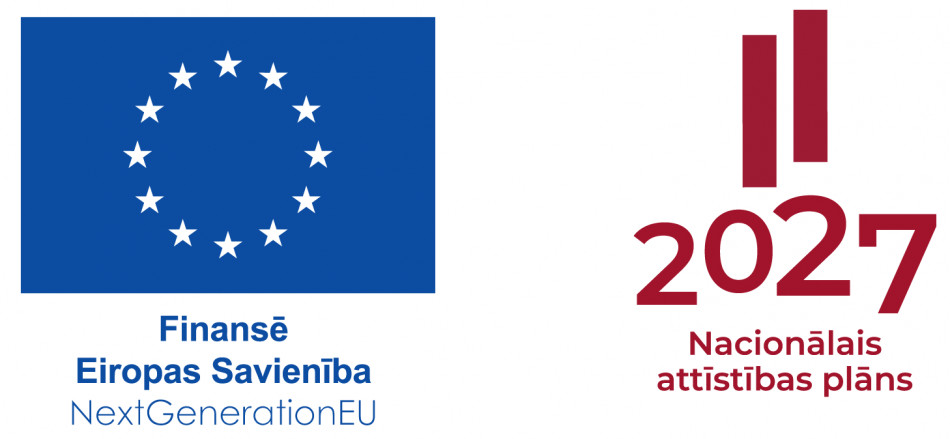Latvia’s First Publicly Accessible Biomethane Injection Point Opened in Džūkste
The unified natural gas transmission and storage system operator AS "Conexus Baltic Grid" (“Conexus”) has today opened Latvia’s first publicly accessible biomethane injection point in Džūkste — a significant step forward in promoting biomethane production in the country. This solution makes the natural gas transmission system accessible to biomethane producers who do not have a direct connection to the transmission network, thereby supporting the integration of renewable energy into the energy system. It is estimated that up to 10 million normal cubic meters (Nm³) or 100 GWh of biomethane could be injected annually at the Džūkste point. The total project investment amounts to EUR 1.7 million, of which EUR 1.5 million is co-financed by the European Union.
The Džūkste biomethane injection point operates on the principle of a virtual pipeline — biomethane is compressed and transported in containers from various regional producers to the injection point. This centralized approach allows multiple suppliers to participate, including smaller biomethane producers for whom building a direct connection to the gas transmission system would not be economically viable. As a result, the newly opened injection point significantly expands opportunities to participate in the renewable energy market.
“This is a crucial infrastructure development that lays the groundwork for the growth of the biomethane market in Latvia, made possible in part by co-financing from the European Union’s Recovery and Resilience Facility. We are pleased that this type of investment enables us to support Latvian biomethane producers — now, even those who previously lacked access to gas infrastructure can deliver their product to the common gas market. In light of Europe’s strategic direction and the development scenario outlined in Latvia’s Energy Strategy through 2050, the volume of biomethane in the transmission system is expected to grow steadily. In the most optimistic scenario, future biomethane consumption could reach up to 4.4 TWh annually,” emphasizes Uldis Bariss, Chairman of the Management Board at Conexus.
“Our goal is to build a self-sufficient and independent Latvian energy sector. The construction of a public biomethane injection point is a major step not only for Latvia’s energy sector but also for the development of the national economy. It is also a significant day for Latvia’s regions, where a large share of biomethane is produced and where such infrastructure solutions open up new development opportunities,” notes Minister for Climate and Energy Kaspars Melnis.
Biomethane producers operate technically independently, but connection to the transmission system is only permitted in accordance with strict quality standards. The Džūkste injection point is equipped with several automated systems that ensure continuous monitoring and control of gas flow. These include a gas chromatograph for biomethane composition analysis, an automatic flow control system, backflow safety valves, and gas leak detectors with automatic gas shut-off devices. All these systems are integrated into Conexus’ overall transmission network management system and comply with both European Union and Latvian national technical and safety standards.
The average capacity of a biomethane production facility is approximately 500 Nm³ per hour. Estimates show that it takes about 10 hours of continuous production to fill one transport container. This volume can be injected into the transmission system within 2–3 hours, allowing the Džūkste injection point to process multiple deliveries per day.
To further expand biomethane usage in Latvia, Conexus plans to build at least two additional centralized biomethane injection points in the near future — in the Rēzekne and Ragana regions. These points will become part of a sustainable and scalable infrastructure network that will promote the involvement of renewable energy producers and support biomethane integration into the national gas transmission system. Design and coordination work is currently underway to implement these plans in the coming years.
The technological equipment for the Džūkste biomethane injection point was manufactured, designed, and constructed by SIA “Intra-GT.” Construction supervision was provided by SIA “GF Birojs,” and the project expertise was carried out by AS “Kiwa Latvia.” The project was implemented with funding from the European Union’s Recovery and Resilience Facility, providing co-financing of EUR 1,500,000.

